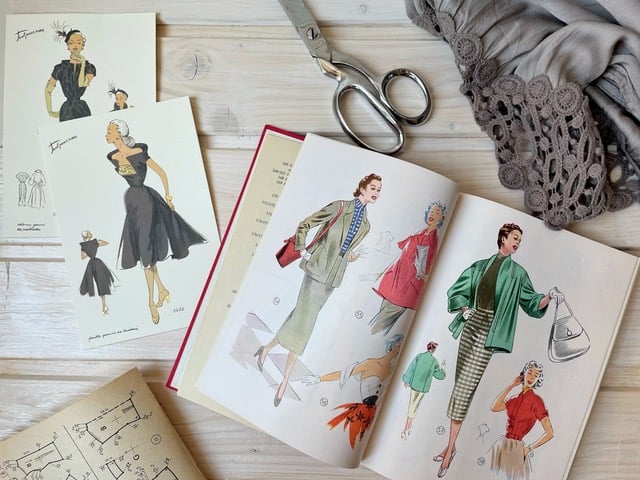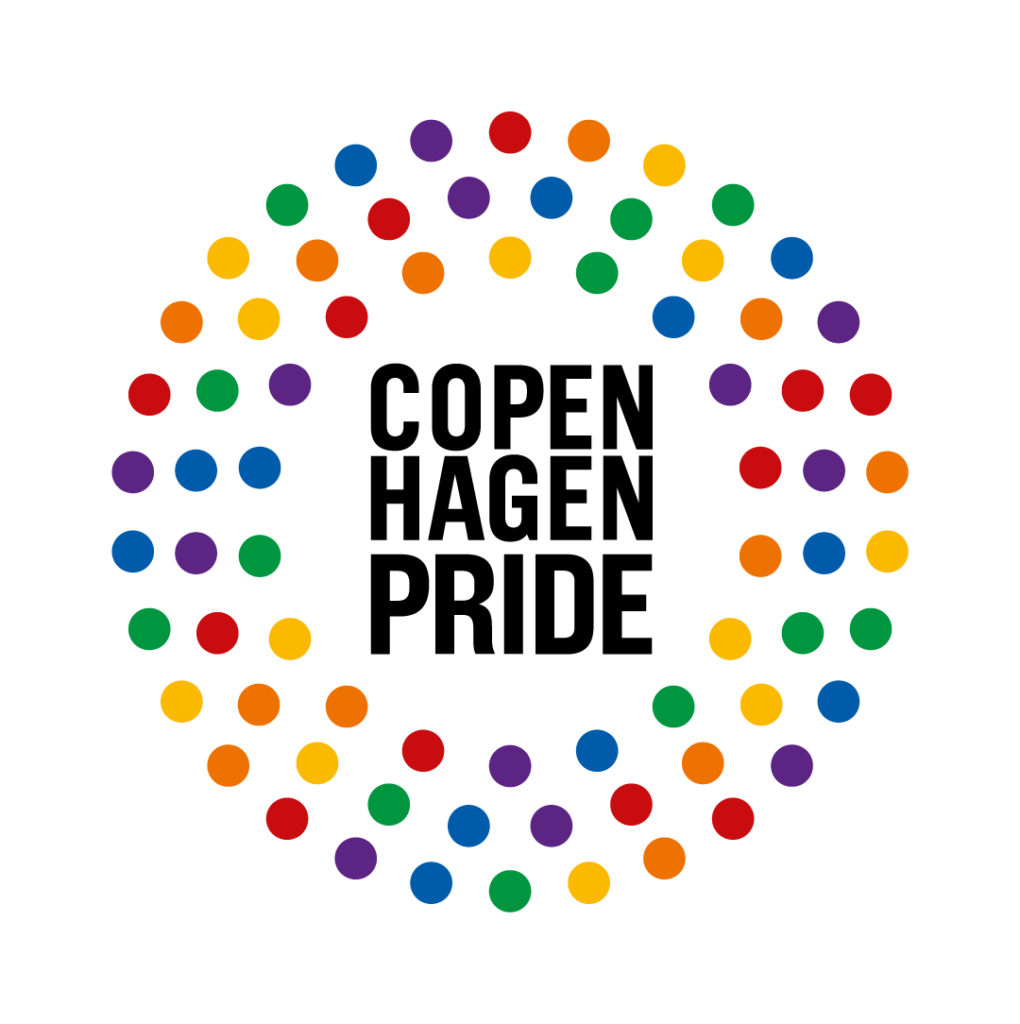
Dressed to the Nines – The Ambivalent Spirit of Queer Costume Dramas
Carol, Firebird, Maurice, The Favourite, The Danish Girl… The list could go on, but all these films have one certain element in common – the fact that they are period pieces centered on a LGBTI+ storyline. All taking place in the past, the combination of LGBTI+ characters falling in love or living their authentic lives are set against a backdrop of either the Regency era, the Soviet War, or 1950s McCarthyism, to name a few examples. The different time eras set the mood for dipping your toes in forbidden romances, marred by society’s frowning brow, as well as creating an opportunity to return to LGBTI+ stories with modern eyes.
Here, forbidden love is still taboo in the olden mentality, but is also presented in a distanced manner, held at arm’s length, favoring the slick look of timed costumes as through a looking glass.
The movie industry seems to have produced a wealth of LGBTI+ films in recent years that take place in by-gone days, with an emphasis on the costume drama. Wishing to show a visual of long-gone days, where being closeted was a given or as an instigator to break with societal norms – and in the allure of the ‘scandalous liaisons’ unfolding between the movie characters – the question of what this subgenre of movies accomplish in both look, tone and spirit places itself between two chairs; both presenting a romanticized version of love that dare not speak its name in the same breath as it is a version of history that is set up as to be consumed by modern mentality and understanding of queer identities, the LGBTI+ cinematic period pieces look backwards and forwards at the same time in understanding the glossy narratives.
Both titillating the audience with queer romances that seem to defy all the restraints of heteronormative boundaries, the couplings break with further defined societal norms, underlining their own courage and will to self-expression. The costumes take the front row, so to speak, in a way that dictates the narratives – glamourized and decidedly sexy, the spirit of queer period pieces plays with conventional clothes at the same time as they reframe the understanding of what it means to have been LGBTI+ in the past.
Time as a reflective – and distancing – lens on LGBTI+ lives
The films direct a reflective glance back at either historic figures – as with Danish pioneer trans woman Lili Elbe in The Danish Girl – or fictional characters such as bedroom-eyed Carol Aird in the eponymous dramatization by Todd Haynes. The differently set time periods end up creating liminal spaces to indulge in both fantasy and factual matters at the same time in their own right from the audience’s viewing. The dress code might have been a certain way, and can assuredly be corrected by experts in the field regarding seams, buttons, and the folds of the dress or suit, but the burning desire between same-sex couples or the willpower to break gendered conventions can’t be dictated to fit a perfect mould.
Most importantly, the cinematic narratives need the aspect of by-gone time to frame – and very much emphasize – the drama, the loss and the triumphs in the face of a bigoted world. In the spirit of queer solidarity, the films also create a removed time pocket that allow for reflection on one’s own identity compared to that of the movie characters: Walking in their shoes, what might my own life have looked like?
Looking backwards and forwards at the same time
“You have to know the past to understand the present.”
The above quote is attributed to American astronomer Carl Sagan (1934-1996) and highlights the cognitive ability to be able to learn from what has passed in order to put matters into perspective in a current setting. Understood in a specific LGBTI+ historical context, the reasoning also quite fittingly works for the queer period pieces that both take place in a past (safely removed) time period, as well as points towards a modern-day audience; through the film medium’s allure, viewers know what they are seeing is fiction – or fictionalized history – giving them ample opportunity to reflect on their own sexual or gender identity in the elaborate worlds of constraining petticoats, tailored suits or flowing ballgowns, where set norms are a given and the outcome of the love stories can be discerned from a mile away.
The costume dramas place a mirror in front of its viewers that all but shows the past and present of LGBTI+ self-expression, glamour and grief, sexy titillation and self-doubt, societal condemnation, and breaking with normative conventions – all split between a set past understanding of what it means to live authentically as yourself, as well as a present and modern decoding of the films’ engagement with fantasy and facts, all underlined in the dressed-up cinematic universes.



